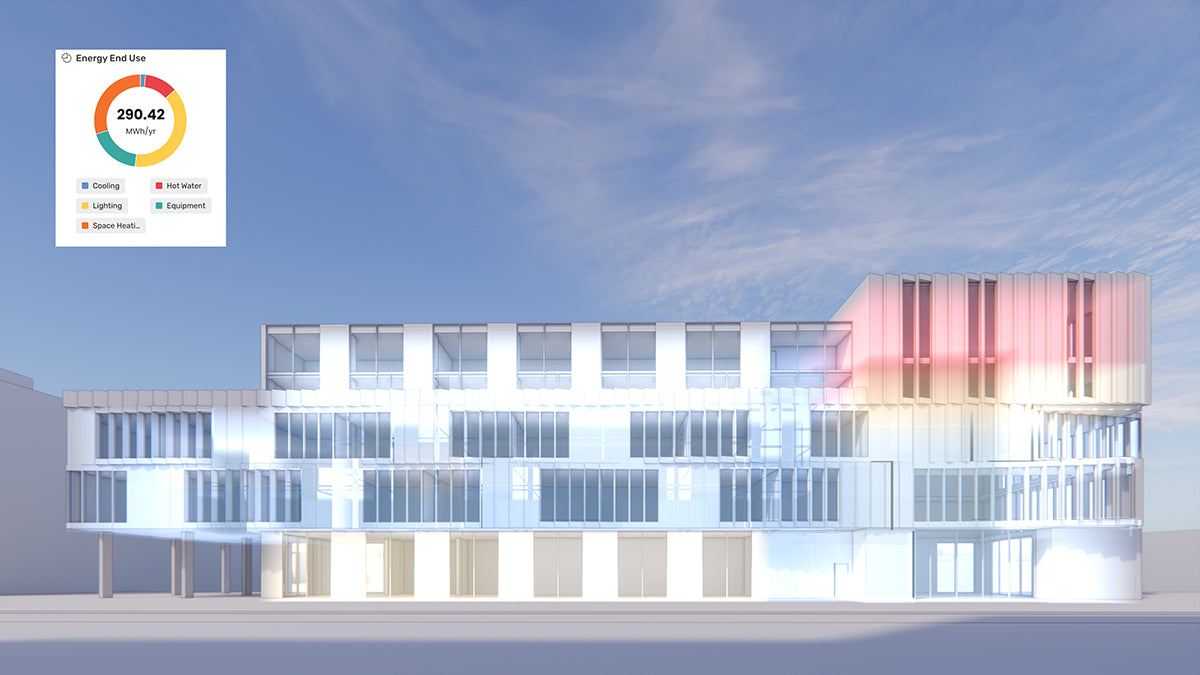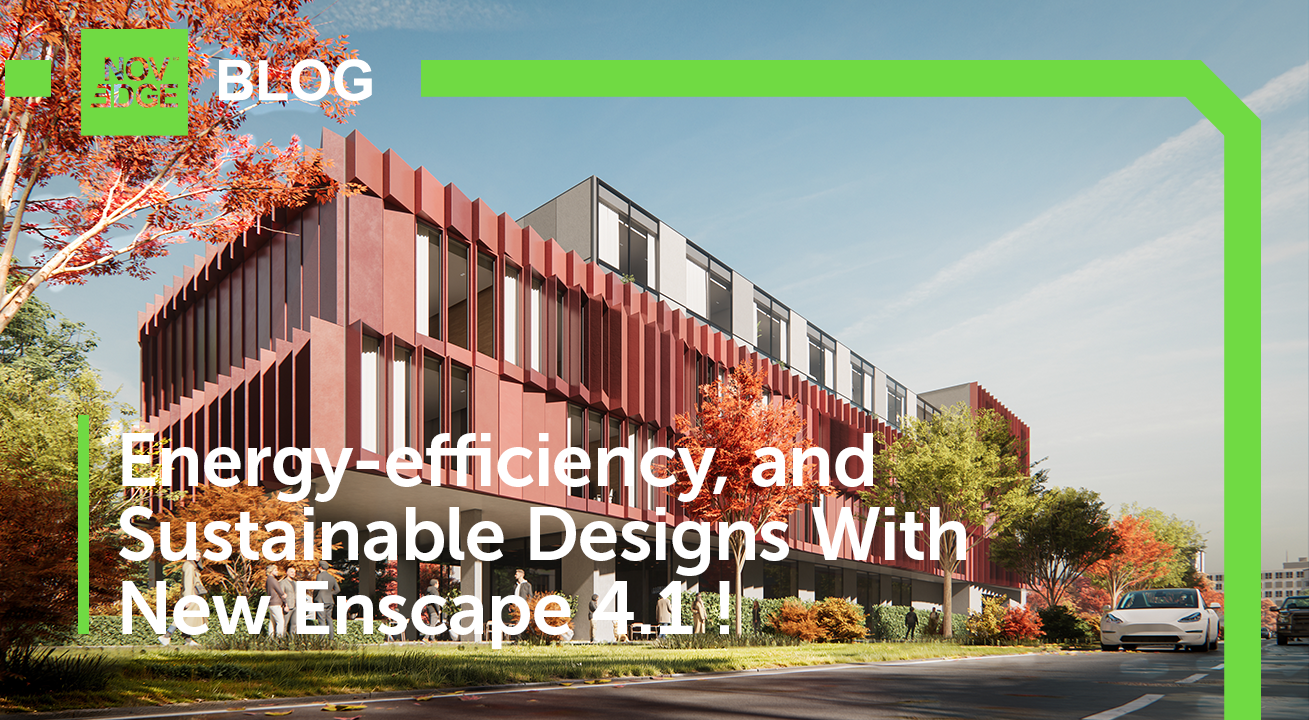Your Cart is Empty
Customer Testimonials
-
"Great customer service. The folks at Novedge were super helpful in navigating a somewhat complicated order including software upgrades and serial numbers in various stages of inactivity. They were friendly and helpful throughout the process.."
Ruben Ruckmark
"Quick & very helpful. We have been using Novedge for years and are very happy with their quick service when we need to make a purchase and excellent support resolving any issues."
Will Woodson
"Scott is the best. He reminds me about subscriptions dates, guides me in the correct direction for updates. He always responds promptly to me. He is literally the reason I continue to work with Novedge and will do so in the future."
Edward Mchugh
"Calvin Lok is “the man”. After my purchase of Sketchup 2021, he called me and provided step-by-step instructions to ease me through difficulties I was having with the setup of my new software."
Mike Borzage
The Edge: The Sanchez Code
June 14, 2013 6 min read
Novedge: Tell us a bit about who you are and what you do
Jose Sanchez: Well, my name is Jose Sanchez, I’m a Chilean architect. I graduated from the Design Research Lab (DRL) at the Architectural Association. During that period, I started focusing on a generative design agenda, using coding as the main means for design. My research dealt with swarm systems and emergent tectonics in constant search for equilibrium. As soon as I graduated, I started teaching processing within the DRL and assisting Alisa Andrasek, who was my tutor during my Master's, in her practice Biothing. I spent 3 years working at the front of the computation within the practice, dealing with architectural projects of different scales. In 2012, I decided to leave the practice and start a collaboration with Alisa with the Bloom Project for the London Olympics. Since then, I have been conducting my own Research Unit in the Graduate Architectural Design (GAD) program of the Bartlett School of Architecture in UCL and developing my practice, The Plethora Project.
//player.vimeo.com/video/30376386?portrait=0&color=fe49e2
Plethora-Project from Jose Sanchez on Vimeo.
Novedge: What is The Plethora Project?
Jose Sanchez: Once I started teaching, I was surprised at the little amount of resources that Academia had to teach something like code, at least for architects. I had to spend a lot of time finding the right material and making sense of scattered pieces of information found on the internet. In this regard, initiatives like the open-source movement and video sites like the Khan Academy or Academic Earth were a big inspiration to start a teaching protocol that I continue to this day. I call this protocol the Plethora-Project, it documents every step of teaching that I have done through the years. A place to make accessible to other the sometimes laborious work of making sense of some material. In a way it was something that I wish I had when I was learning, so I decided to start building it myself. Today the Plethora Project has over 150 videos of computational knowledge, from programming tutorials, to modeling and rendering.
In 2010 I realized that the videos where not enough and that it was time to take the next step, which for me was writing a library of code. In a way, a library allows others to access some functionality and knowledge in a faster way.
//player.vimeo.com/video/66269113?portrait=0&color=fe49e2
PLIBS LIBRARY EXAMPLES from Jose Sanchez on Vimeo.
The Plethora Library for Processing has been growing slowly, but it sits within a larger framework of open source tools that many professionals like myself are sharing today over the internet.
Novedge: What are some recent projects that you worked on?
Jose Sanchez: In a way, the Bloom project has been a turning point in my career. It's with this project that I decided to pursue in a much stronger way an agenda that deals with architecture and games.
Bloom was an installation for the 2012 London Olympics competition that Alisa and I won over several stages of judging. The project suggests an interactive pavilion made out of thousands of identical units that could be assembled by people in order to create different formations.
Bloom was installed in 3 different locations during the London Olympics: Victoria Park, Greenwich and UCL main Quad. The initial formation invited people to play and participate altering and building new structures. Every user, including the Bloom team, had to learn how to ‘PLAY’, as no blueprints were present at the moment of construction. The rules of the structure become self-evident at the moment of iteration and improvisation. The formations were created live outside the realm of simulated forecasts, but within a notion of contingent adaptations.
Bloom became an educational game. Encouraging people to work together to create all sorts of structures. People soon realized that by following "recipes" or sequences, they could repeat formations and discover hidden patterns. Rhythmicity created loops, and logic allowed kids to create solid structures. The game mechanics designed into the project enabled the local adaptation of the piece, allowing for contingent formations in every site. In this context, Bloom became a social experiment on the use of game logics as a crowd-source medium of adaptation.
We designed the project using Processing and Rhino. The initial sketches where done in processing but we soon needed to strengthen the geometrical platform to deal with fabrication.
//player.vimeo.com/video/47416308?portrait=0&color=fe49e2
The Computation of Bloom from Jose Sanchez on Vimeo.
We scripted our tools in Python within Grasshopper to be able to see in real-time the potential variations of the unit, and at the same time see the result of the recursive aggregation unfolding. This workflow allowed us to determine the main angles that would be used for the piece. This was the moment in which we started collaborating with Manja van de Worp from Arup to define the structural capacities of the piece. We iterated many times that the unit as the whole project was dealing with only one design. Additionally, we designed the component to work as urban furniture arraying the unit through a helicoidally bent steel structure. This "bench" would work as the main support for the more intuitive formations done with the over 60.000 units we manufactured.
Credits: Bloom, Jose Sanchez and Alisa Andrasek.
The project presents a central thesis of how game mechanics could become a tool for crowdsourcing design. It is in that context that the project allowed me to start the "gamescapes" research in the GAD in UCL. I have been working closely with a small group of students developing research on the connection between architecture and games. The studio suggests games as a design heuristics looking at how to create models of man-computer symbiosis where the designer, coupled with algorithmic intelligence, can "play" in order to design different outputs. The studio is reaching the end of its first iteration and all games and experiments can be accessed for free here.
Credits: Wireflies, research project by Iro Karantaki, Dimitra Angelopoulou and Vassia Diamanti within ‘Gamescapes’ at Bartlett UCL. Tutor: Jose Sanchez
Additionally, I’m developing an architectural video game soon to be released, but I cannot show any material yet as it’s still a work in progress.
Novedge: What software do you use?
Jose Sanchez: I constantly migrate from one software to another, I feel that most platforms offer something different but I try to give more importance to learning what doesn’t change from one software to another, like geometry or math. It’s quite easy to learn the interface of a new software if you understand the key geometrical concepts that you are operating with. For instance, knowing what to expect from a Nurbs model versus a Mesh is something that I keep repeating to students. The same applies to scripting. The syntax of a new scripting language is not difficult to learn, what is important is to understand the different paradigms behind each language.
Having said this, I spent a lot of time in Processing and Rhino. Both modelling and scripting. Grasshopper is also a great tool that I use a lot, but I really enjoy having a run time environment like Processing. I feel that coding allows me to accumulate the knowledge of a project in a more consistent way. The concepts of inheritance and encapsulation from object-oriented programming I feel are key to developing a more sustainable design practice.
Lately I have migrated to Unity3D. I feel really happy with the platform. The welcome the ability to distribute and communicate some of the ideas behind generative design with a much larger community. I feel that sometimes our discipline becomes quite obscure and starts using a vocabulary that hides or pretends the actual processes we are dealing with. This is what I describe as obscurantism in design practices. I’m strongly against it. This is why both my practice and teaching have been developed around ideas of open source.
//player.vimeo.com/video/66269114?portrait=0&color=fe49e2
BLOOM PLAY from Jose Sanchez on Vimeo.
Novedge: Your practice combines different disciplines. How do they inform each other? How important are collaborations and team work?
Jose Sanchez: I truly believe that the boundaries of what we consider traditional disciplines are starting to blur and we are seeing more and more professionals that operate in an ‘in-between’ space. That is why I decided to organize a monthly event called the Bartlett Nexus trying to wire together some of the individuals that are often collaborating via open source projects but don’t know each other. In this scenario, collaborations do not happen in the way of bringing in a specialist from another field but rather work by implementing and hybridizing the material that each one of the individuals participating is already sharing online. I see this landscape of designers with their own set of open-source tools as a completely new framework for collaboration, where much smaller practices can strategically scale or tackle complex projects.
Today, a format like the Meet Up is starting to become a strong form of collaboration and perpetual learning strategy, challenging traditional models of practice and research. We are seeing a proliferation of tools, games and software being developed by skilled individuals that are wired in new ways. This is an exciting time to develop a practice that can both develop new projects from some of the accumulated resources within the community, and share the progress or tools developed with them.
You can see more of Jose's work at the Plethora Project's website or follow him on Twitter.
And here are some creations made playing Bloom.
Do you know someone I should interview? Send Novedge a tweet!
Related articles
Also in NOVEDGE Blog

How the AEC Industry Shifted Towards Essential Sustainable Building Design
August 15, 2024 4 min read
Explore sustainable building design strategies at NOVEDGE, focusing on eco-friendly practices for resilient and efficient structures.
Read More
Unlocking New Realms of Design with Enscape 4.1: Introducing Impact Add-on and Lot More
August 02, 2024 2 min read
Discover Enscape 4.1's new features, including Enscape Impact and artistic visual modes, to elevate design efficiency at NOVEDGE.
Read More
Explore Autodesk Revit 2025.2: New Features and Enhancements for Enhanced BIM Workflows
July 30, 2024 3 min read
Read MoreSubscribe
Sign up to get the latest on sales, new releases and more …










